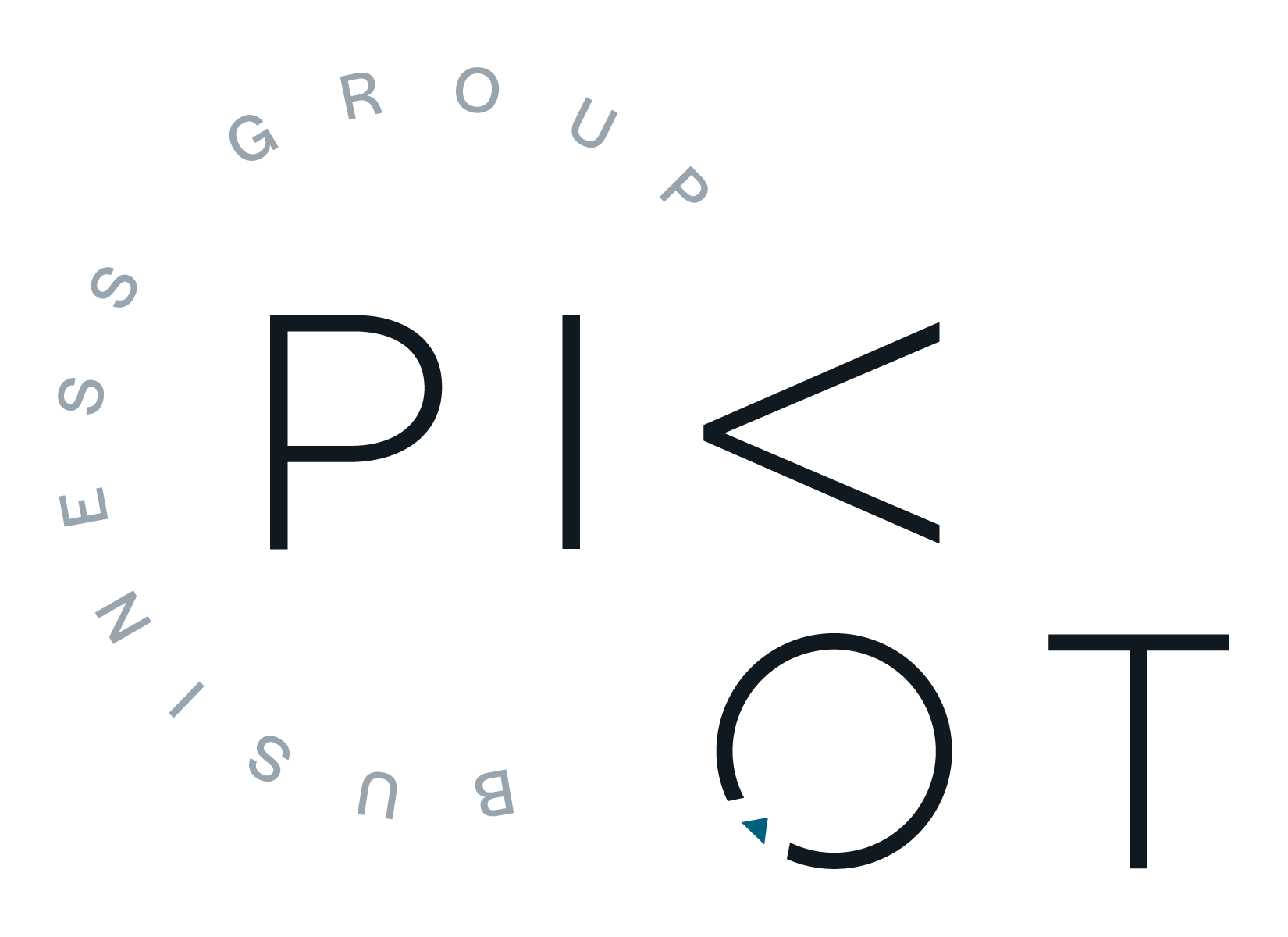How to Build a Cash Reserve (Even on a Tight Budget)
💰 A cash reserve protects you from unexpected expenses and opportunities. Here’s a step-by-step guide to start building yours today.
Many small businesses operate without a financial safety net. 📉 They rely on the next sale or invoice payment to cover expenses, leaving them vulnerable to cash shortages, unexpected costs, and missed opportunities. When an emergency arises—like a sudden equipment failure, slow-paying customers, or an economic downturn—having a cash reserve can be the difference between surviving and scrambling for a loan.
Even on a tight budget, building a cash reserve is possible with the right strategy. It doesn’t require huge deposits, just consistent, intentional steps toward financial security. ✅
Why a Cash Reserve Matters
A cash reserve isn’t just for emergencies—it also creates financial flexibility for growth. With extra cash on hand, businesses can:
🔹 Cover unexpected expenses without relying on credit or loans.
🔹 Take advantage of opportunities (like bulk discounts or new investments).
🔹 Reduce financial stress and avoid cash flow crises.
🔹 Improve business credit by consistently meeting financial obligations.
How to Start Building a Cash Reserve
📌 1. Set a Realistic Goal
Determine how much you need in reserves. A good starting point is one to three months of operating expenses, but even a small cushion can make a difference. Start with a goal that feels achievable—like setting aside one week’s worth of expenses—then build from there.
📌 2. Create a “Pay Yourself First” System
Treat your cash reserve like a must-pay bill. Automate a small percentage of revenue (even 1-5%) into a separate savings account before using funds for anything else. Over time, these small contributions add up.
📌 3. Cut Unnecessary Expenses
Review your financials to identify wasteful spending. Are there subscriptions you don’t use? Services that aren’t essential? Redirect those savings into your cash reserve instead.
📌 4. Improve Cash Flow Management
Ensuring timely payments from customers and negotiating better vendor terms can free up cash to contribute to your reserve.
📌 5. Save Windfalls & Unexpected Income
Got a tax refund? A bigger-than-expected payment? Instead of spending it all, put a portion into your reserve to build it faster.
📌 6. Keep It Separate
Avoid the temptation to dip into your reserve for regular expenses. Keep it in a separate account labeled specifically for emergencies or opportunities.
Small Steps Lead to Big Financial Security
Building a cash reserve doesn’t require massive savings overnight. Consistency is key. Even setting aside a small amount each week can create financial stability over time. Having a financial cushion means fewer sleepless nights, less reliance on credit, and the confidence to handle both challenges and opportunities. 🌟
Summary: A cash reserve provides financial security, helping businesses manage unexpected costs and seize new opportunities. Even small, consistent contributions can create long-term stability and growth. 📈

